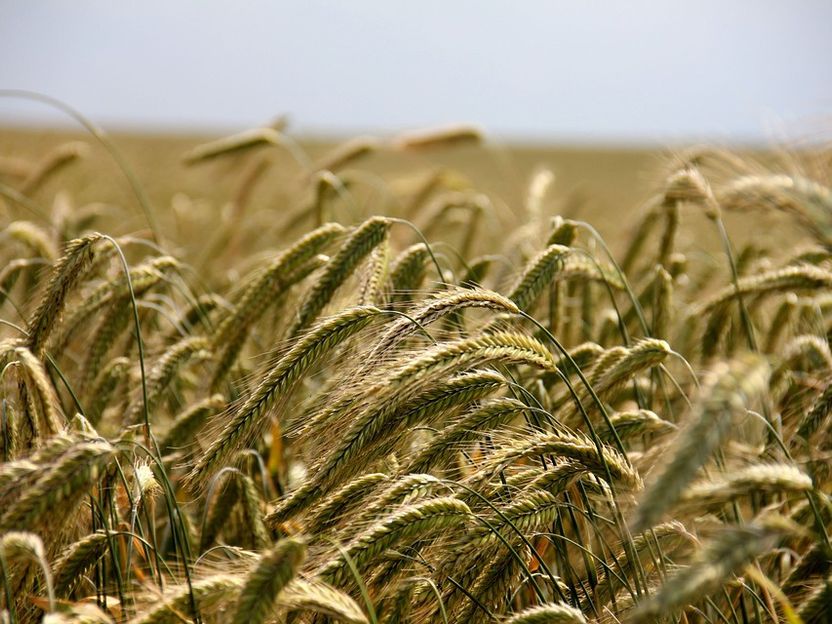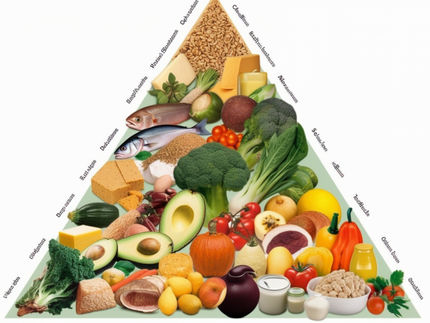Global grain harvest does not cover consumption
Advertisement
For the second time in this decade, the global grain harvest will not be sufficient to meet demand.

symbol image
AnnaER/ Pixabay
Both the UN Food and Agriculture Organization (FAO) in Rome and the International Grains Council (IGC) in London expect this. In the agricultural year
In its latest forecast, the FAO estimates that in 2018/19 almost 30 million tonnes more will be consumed than will be harvested. UN experts estimate that the expected total harvest around the globe will be almost 2.66 billion tonnes.
The last global grain deficit occurred in the 2012/13 agricultural year, when US farmers suffered the consequences of a drought lasting several years.
The Grains Council - an association of the most important grain-producing states - makes a very similar forecast.
One cause of the current decline is last year's drought in large parts of Europe, which led to a decline in wheat harvests in the EU and Russia. An agricultural year is the period from one harvest to the next. In the northern hemisphere this always begins in summer, although the starting dates in the USA, Europe and Asia are different.
Wheat is mainly intended for human consumption, while most of the maize harvest is used for the production of feed for cattle, pigs and other farm animals.
The consequences of scarce wheat are already being felt in Europe:
According to the Federal Association of the German Food Industry (BVE), producer prices for food - i.e. the prices demanded by manufacturers - hardly rose in January and February compared with the previous year. But for bread and grain products, producer prices in Germany rose by a strong 6.3 percent, as the association announced on request. As early as 2018, the price increases for bread and cereal products were higher than the average for food.
Europe's largest trader of agricultural raw materials is the Munich Baywa <DE0005194062>. Their CEO Klaus-Josef Lutz suspects that climate change is making itself felt. In 2018, the European grain harvest was six percent lower than in the previous year due to drought. "2018 wasn't the runaway," Lutz said recently.
"This is the third and fourth year in a row that climatic capers have made business difficult for us."
A drop in the grain harvest does not mean that famines are looming: warehouses and storage facilities around the globe are well filled. Grain production had risen sharply in previous years. According to Baywa, the growing global appetite for meat plays an important role in this development. "The truth is simple: people want to eat more meat, so we need grain," said CEO Lutz. "We see that on the one hand we have declining production, and on the other hand we have higher consumption."
In fact: "We have seen quite a strong increase in global corn production over the past ten years," FAO economist Abdolreza Abbassian said in Rome. He cites two causes: "In the USA, maize cultivation has been expanded for the production of biofuels." And on the other side of the Pacific, the Chinese eat more meat.
However, according to Abbassian, the expansion of maize production has no significant impact on wheat cultivation and thus food production. "Corn and wheat grow in different places and at different times," said the FAO expert.
The International Grains Council in London expects global stocks to shrink both this year and next. The London experts predict a somewhat larger shrinkage of stocks by 44 million tonnes in 2018/19 and a further decline of 28 million tonnes in 2019/20 /cho/DP/fba (dpa).
Note: This article has been translated using a computer system without human intervention. LUMITOS offers these automatic translations to present a wider range of current news. Since this article has been translated with automatic translation, it is possible that it contains errors in vocabulary, syntax or grammar. The original article in German can be found here.


































































